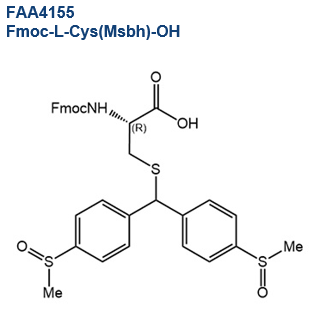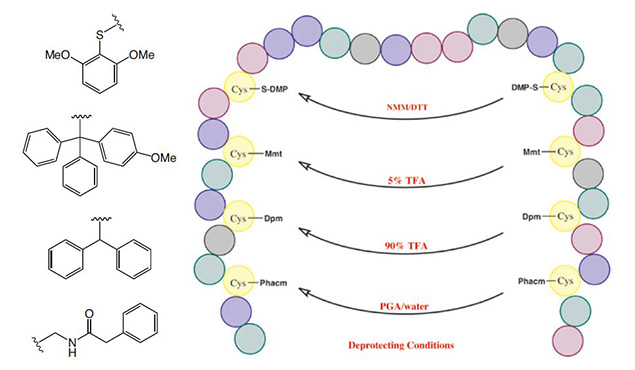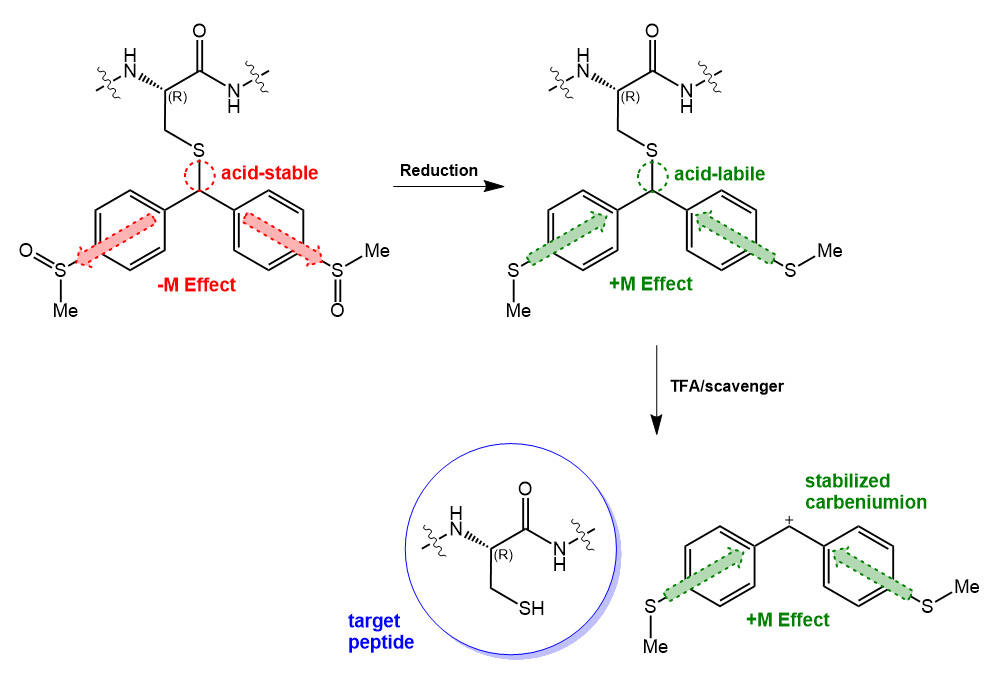Welcome to Iris Biotech
For better service please confirm your country and language we detected.

For better service please confirm your country and language we detected.

Thank you very much for your interest in our products. All prices listed on our website are ex-works, Germany, and may attract customs duties when imported.
You may/will be contacted by the shipping company for additional documentation that may be required by the US Customs for clearance.
We offer you the convenience of buying through a local partner, Peptide Solutions LLC who can import the shipment as well as prepay the customs duties and brokerage on your behalf and provide the convenience of a domestic sale.
Continue to Iris Biotech GmbHSend request to US distributorPublished on 01/06/2016

Cyclic Peptides exhibit diverse biological activities, e.g. antibacterial, toxic, immunosuppressive or antitumor activity. In many cyclic peptides, conformational rigidity is further increased by disulfide bond formation. Cyclization of a peptide significantly enhances proteolytic stability. Furthermore, the resulting conformational restriction usually leads to better bioavailability and biological activity. The higher rigidity of a cyclic peptide compared to its linear counterpart results in enhanced binding to and selectivity for receptors or target molecules.
The regioselective formation of S-S-bonds presents the greatest synthetic challenge in the preparation of disulfide-bridged peptides, especially when multiple Cys residues are present. In these cases, orthogonal Cys protecting groups are required.

The innovative Msbh protecting group is stable to the deprotection conditions of most common cysteine PGs such as Mmt (monomethoxytrityl), Trt (trityl), Acm (acetylaminomethyl) or Phacm (phenylacetylaminomethyl). Moreover, it is stable to conditions applied in both Boc and Fmoc chemistry. Reduction of the sulfoxide to the sulfide renders the bond between the cysteine sulfhydryl group and the benzylic carbon of the Msbh group acid labile, and thus enables facile deprotection using TFA.

→ Iris Biotech also offers other Cys building blocks equipped with innovative protecting groups such as Phacm (phenylacetylaminomethyl). Find our 100 different Cysteine derivatives in our webshop!
→ Do you require more information about Cys building blocks and the formation of cyclic peptides? Order our brochure “Strategies and Building Blocks for the Synthesis of Cyclic Peptides” free of charge.